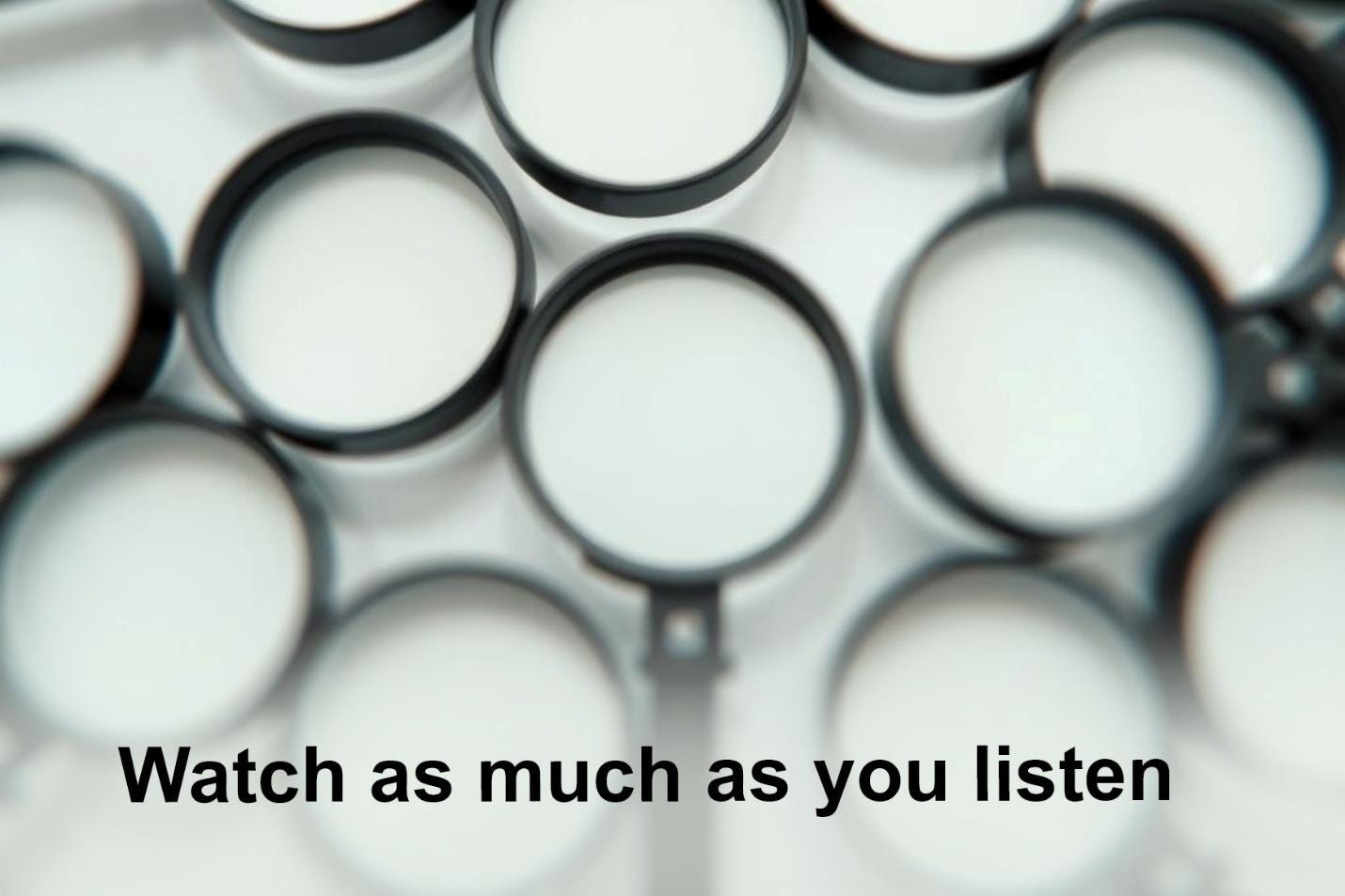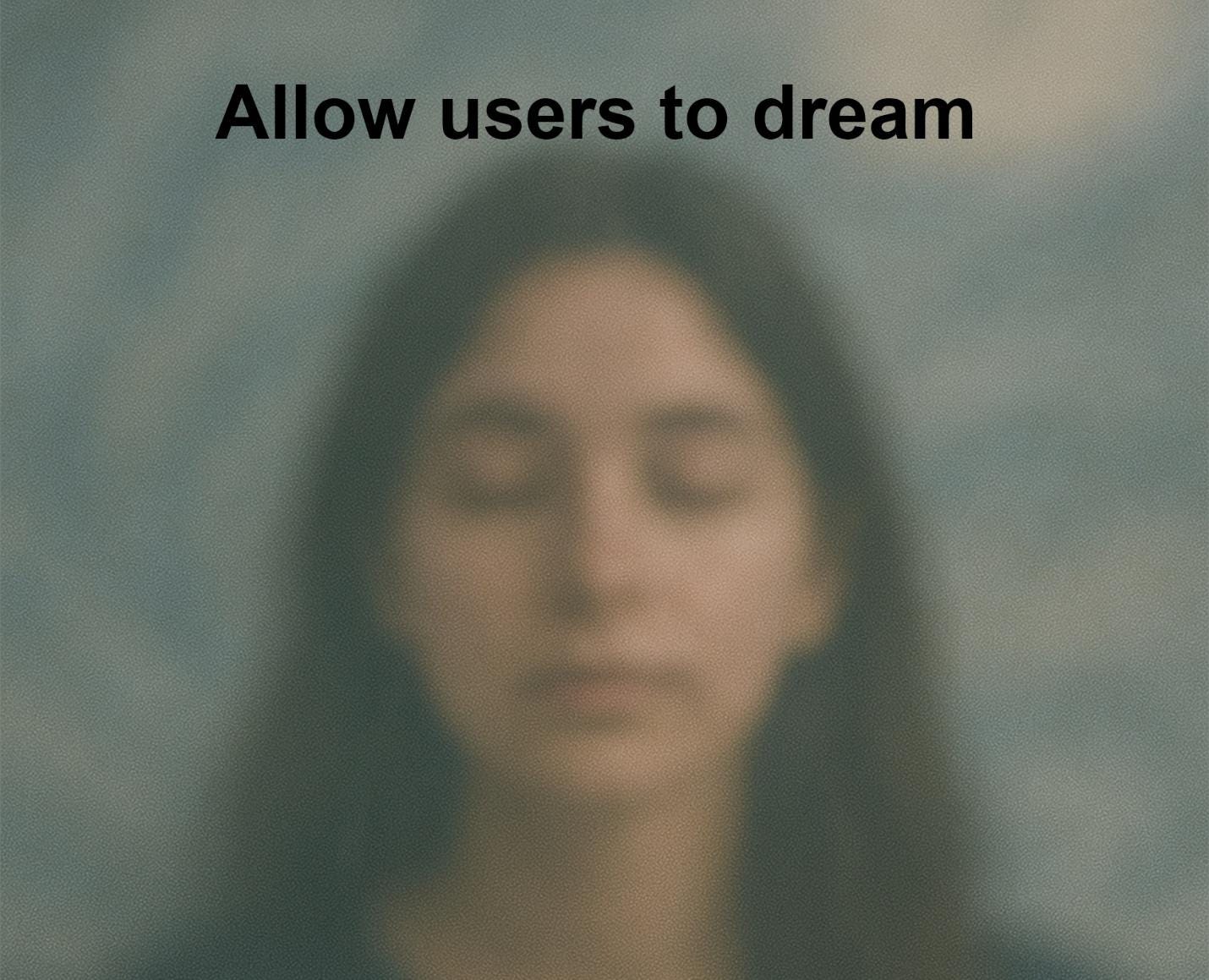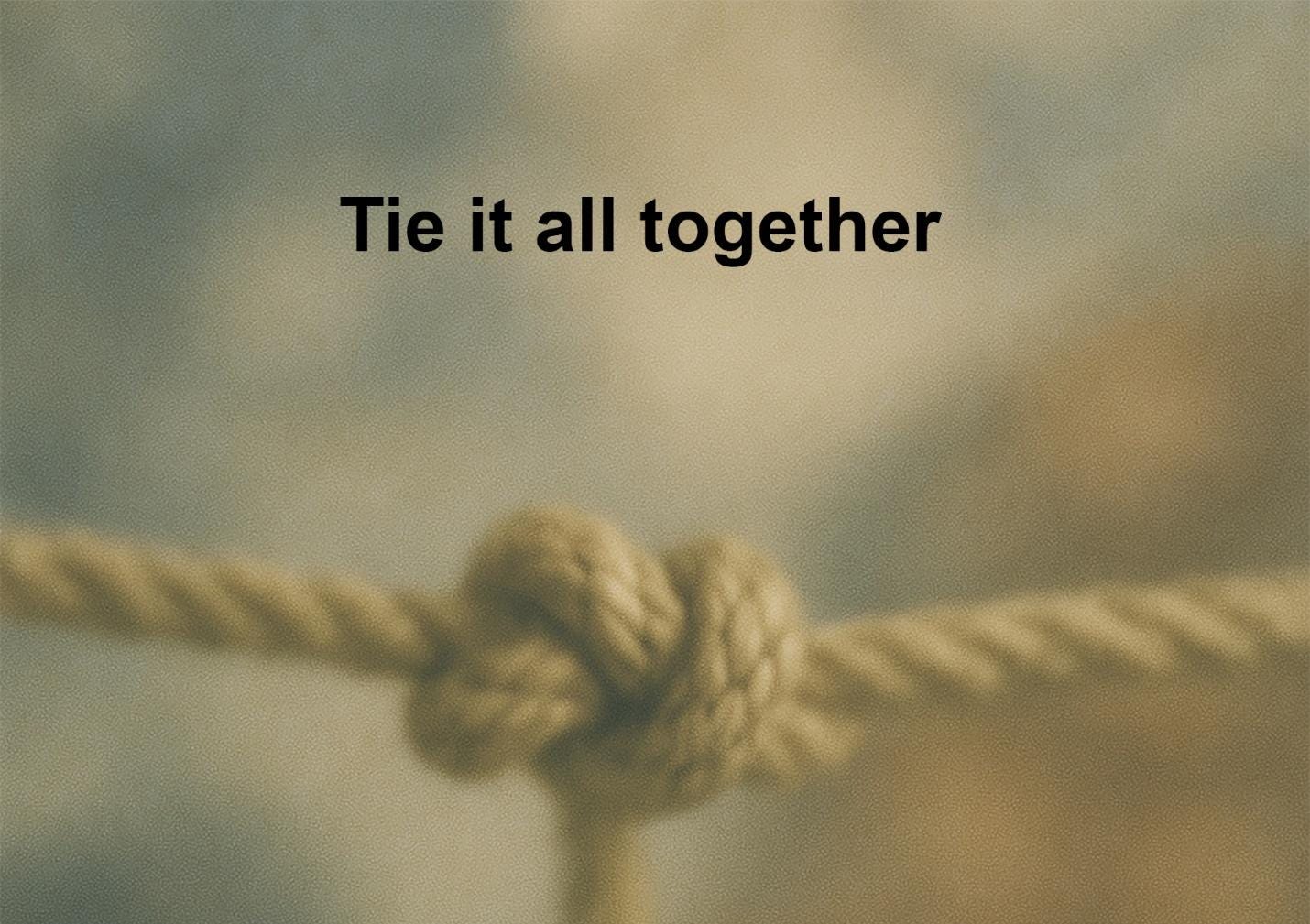The Overlooked Skills That Make or Break Product Experiences
5 Strategies to Design Meaningful Product Experiences
This month, I’m excited to share a guest post from Rich Thrush, a design and innovation leader with 25 years of experience at Braun, Motorola, Honeywell, Vicks, PUR, and Revlon.
As VP of Innovation & Design, he’s led teams across industrial design, UX, and brand strategy to shape products that live at the intersection of physical and digital.
I invited Rich to contribute because he brings a rare blend of industrial design, UX, and brand thinking—exactly the kind of cross-functional lens many of us need to deliver better products and experiences, especially in that magical mix of digital and physical.
In this piece, Rich breaks down five practical ways to level up your user experience research. Whether you’re designing software, physical products, or something in between, these steps will help you get sharper insights and build with more empathy.
If you're a design leader, product owner, or independent designer trying to connect more deeply with the people you serve—this one’s for you.
5 Strategies to Design Meaningful Product Experiences
Contents:
Get the Right Users
Live in the Real World
Observe Like a Detective and Take Notes
Stop Scope Creep
Allow Users to Dream
Take a Broader View
No doubt, whether you’re working on hardware, digital, or CPG, you're already watching users and consumers as they experience your product.
It’s easy to associate experience with digital products, but it’s just as common in the physical world. Quite often, there is a mix of physical and digital experiences in one as consumers pair an app with a device or if they purchase something digitally and then use it physically.
You may be paying researchers, or you may be testing users yourself. It’s a luxury to have professional researchers on your team, but in some cases, that isn’t possible.
Even if you have a professional in your corner, it’s important to be a part of the research as a designer.
But how can you up your UX game?
The design of your user tests should be created with your goals in mind, so they will vary greatly.
Here are a few easy ways to bring your user understanding to the next level that can be applied almost anywhere.
Get the Right Users
Random coworkers “in the office” can be helpful, but ideally, you have actual people who might use the product in the field test your product.
Those users will make different value judgements than “pros” will. You may find that your partners (or even you) are resistant to listening to users because you don’t want them to design the product.
Sometimes, you’ll encounter folks who will be resistant to testing with real users because these internal folks have more experience. That’s exactly the point of this kind of test. Internal folks are far too educated on the subject. It’s important to have users who are ignorant of the technical workings of your products.
It's also important to think critically about which users are the right ones to recruit. If you haven’t thought about who your target audience is yet, you may need to do some re-trenching. The best work comes from teams who have taken the time to segment the market and follow up with brand strategy work.
As you lock in on “your” users, think through the unique characteristics they have.
Do your user test subjects have the right psychographic profile? A
re your test subjects in the right socioeconomic group?
Are your users tech-savvy?
Technophobes?
It’s important to think through all this before you test.
Live in the Real World
Whether it’s physical or digital, observe your consumers in the field rather than in a clinical environment or click tracking.
Sending an email survey rarely tells the true picture of the complex usage situation that a product entails- the survey may not even have the right questions.
Sometimes, the normal experience of life changes how users experience your product. You may think that kids playing in the background are distracting users from using your product, but that's how consumers and users may experience the product you have designed.
You may also find that your users have different needs in different environments.
When I was working in hair care, designing hair dryers, we found that most users literally had no space to set the hairdryer down, and they styled their hair because the sink counter was covered in beauty products as they worked.
This was not true when tested in our labs on pristinely clean sinks. This insight led to some valuable innovations around handling, storage, and electrical cords.
I was involved with a UX product recently where they were concerned because users were not completing a web form. They’d start the form and never submit it.
The design and marketing teams were concerned that they weren’t effectively “selling” the benefits of the product. After all, they had data showing that users were abandoning the process.
Finally, instead of click tracking, they sat behind users as they filled in the web form on their computers and mobile devices.
Consumers were trying to type information into a field that was a drop-down menu, and it was causing an error when they tried to submit. They weren’t filling out the form because they couldn’t figure out how to make it work.
Observe Like a Detective and Take Notes
Watch your users and consumers as much as you listen to what they say. Humans can struggle to self-analyze and find out where real opportunities lie.
Ask them how they are feeling as they move through the experience. Very often, users say they’re happy, but their facial expressions and actions show something else.
As you observe, make sure you’re recording all the steps in the experience (even before and after). Does your product require some preparation before it’s used? That’s a part of the experience, too.
How do users feel at every step along the way? This can help you understand where you should prioritize your efforts.
Does the visual map match the flow you created for users? Very often, you’ll find that users repeat steps and move in ways that are unexpected.
The design work should frictionlessly support the ideal experience for users rather than the other way around.
Allow Users to Dream
Users may not know what is possible for you to achieve, and they may think only in refinement rather than big mental leaps.
They can easily point out issues and friction with your design work. They can mentally compare it to other products that they have used and discuss the benefits your product may offer.
How can we get them to throw all that away and think freely and innovatively so we can talk about step changes?
This may be required if our product is particularly norm-breaking or if we want to learn more about the deeper wishes of our users.
For this, we need to allow users to dream and give them the freedom to respond.
My favorite question to ask is: “What would be a perfect solution for you if you had the power of magic”?
You can use your own words for this. This allows users to respond in a way that they can dream a little, and is ideal for finding innovative new ways to solve their problems.
We certainly won’t be able to create products that are powered by magic, but this gives us a north star for what we want to achieve and delight users.
You can also think about showing your users extreme variations of your design after they have experienced one design. After all, your users aren’t designers.
Showing extreme variations can elicit different responses and allow you to find direction more quickly.
Small variations on design aren’t different enough for users to have the extreme reactions that you want.
Stop Scope Creep
As users experience a new design, you should look for the areas that they don't use.
If they're not using a certain feature, you should understand why.
If it's not beneficial to the user, consider removing it.
Those features cost resources and ultimately, they are a distraction from the core functionality of your product and make the experience more cluttered and confusing.
The more choices that users have the more likely they’ll make a misstep. It’s rare that user difficulties can be resolved by adding more complexity.
Designers know this inherently, but I’ve found that additional complexity and features tend to creep in because it’s “easy” or, in the case of UX. After all, it’s “free”.
Even with UX, these additional features are not “free”; they cost resources to maintain and make your experience slow and complex.
Do you know any consumers looking for slow and complex solutions to their problems?
Take a Broader View
We all like to think we can bring delightful and innovative solutions to consumers and users, but gaining insight into consumers at a deeper level is key to delivering those delightful experiences.
It’s important to step back and take a broader view of what you’ve learned.
Tie it all together. Don’t just treat a user test like a checklist of items to be resolved.
What broader conclusions can you draw about how they feel about your product? You may have to look at how you position your product at a higher level, which can’t be resolved by small fixes.
How do your users feel about the experience overall? I have worked on some medical products where users (patients) needed significant reassurance due to the stressful situation they were in as they used the product. That’s a much different experience than someone who is enjoying their time entertaining friends using a cooking appliance.
One of the biggest benefits that I find when I spend time with users is that I naturally become more empathetic to their situation.
You can personally see the faces of the people who might benefit from your work.
This has the advantage of making my work more closely tied with people and much less “mechanical”.
It’s very motivating when you feel like you can help create delightful small and large moments for people in the world.
Thank you for reading. If you have questions, you can reach me at richthrush@gmail.com
-Rich Thrush





